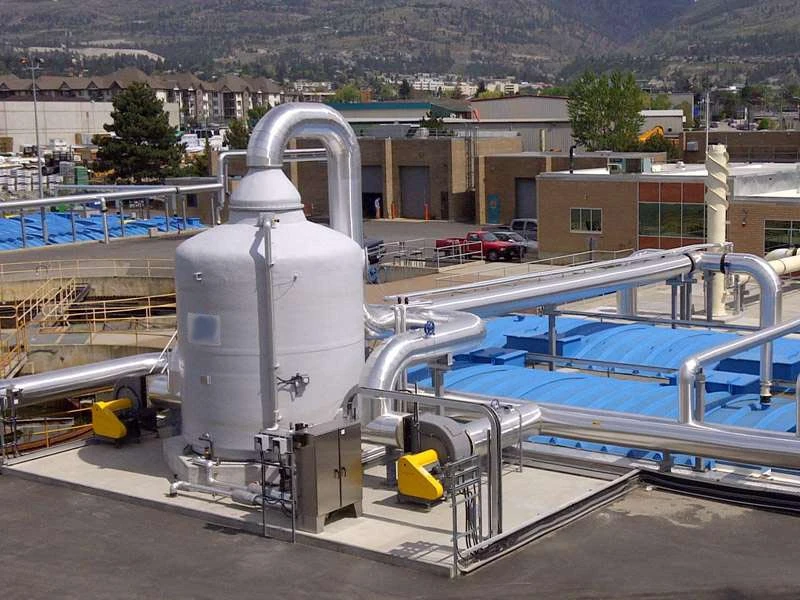
-
 Afrikaans
Afrikaans -
 Albanian
Albanian -
 Amharic
Amharic -
 Arabic
Arabic -
 Armenian
Armenian -
 Azerbaijani
Azerbaijani -
 Basque
Basque -
 Belarusian
Belarusian -
 Bengali
Bengali -
 Bosnian
Bosnian -
 Bulgarian
Bulgarian -
 Catalan
Catalan -
 Cebuano
Cebuano -
 China
China -
 China (Taiwan)
China (Taiwan) -
 Corsican
Corsican -
 Croatian
Croatian -
 Czech
Czech -
 Danish
Danish -
 Dutch
Dutch -
 English
English -
 Esperanto
Esperanto -
 Estonian
Estonian -
 Finnish
Finnish -
 French
French -
 Frisian
Frisian -
 Galician
Galician -
 Georgian
Georgian -
 German
German -
 Greek
Greek -
 Gujarati
Gujarati -
 Haitian Creole
Haitian Creole -
 hausa
hausa -
 hawaiian
hawaiian -
 Hebrew
Hebrew -
 Hindi
Hindi -
 Miao
Miao -
 Hungarian
Hungarian -
 Icelandic
Icelandic -
 igbo
igbo -
 Indonesian
Indonesian -
 irish
irish -
 Italian
Italian -
 Japanese
Japanese -
 Javanese
Javanese -
 Kannada
Kannada -
 kazakh
kazakh -
 Khmer
Khmer -
 Rwandese
Rwandese -
 Korean
Korean -
 Kurdish
Kurdish -
 Kyrgyz
Kyrgyz -
 Lao
Lao -
 Latin
Latin -
 Latvian
Latvian -
 Lithuanian
Lithuanian -
 Luxembourgish
Luxembourgish -
 Macedonian
Macedonian -
 Malgashi
Malgashi -
 Malay
Malay -
 Malayalam
Malayalam -
 Maltese
Maltese -
 Maori
Maori -
 Marathi
Marathi -
 Mongolian
Mongolian -
 Myanmar
Myanmar -
 Nepali
Nepali -
 Norwegian
Norwegian -
 Norwegian
Norwegian -
 Occitan
Occitan -
 Pashto
Pashto -
 Persian
Persian -
 Polish
Polish -
 Portuguese
Portuguese -
 Punjabi
Punjabi -
 Romanian
Romanian -
 Russian
Russian -
 Samoan
Samoan -
 Scottish Gaelic
Scottish Gaelic -
 Serbian
Serbian -
 Sesotho
Sesotho -
 Shona
Shona -
 Sindhi
Sindhi -
 Sinhala
Sinhala -
 Slovak
Slovak -
 Slovenian
Slovenian -
 Somali
Somali -
 Spanish
Spanish -
 Sundanese
Sundanese -
 Swahili
Swahili -
 Swedish
Swedish -
 Tagalog
Tagalog -
 Tajik
Tajik -
 Tamil
Tamil -
 Tatar
Tatar -
 Telugu
Telugu -
 Thai
Thai -
 Turkish
Turkish -
 Turkmen
Turkmen -
 Ukrainian
Ukrainian -
 Urdu
Urdu -
 Uighur
Uighur -
 Uzbek
Uzbek -
 Vietnamese
Vietnamese -
 Welsh
Welsh -
 Bantu
Bantu -
 Yiddish
Yiddish -
 Yoruba
Yoruba -
 Zulu
Zulu
Exploring Limestone Formations Through Drilling Techniques for Resource Extraction and Evaluation
Drilling into Limestone Formations for Exploration Techniques, Challenges, and Applications
Limestone formations are prevalent geological structures that serve as significant reservoirs for oil, gas, water, and minerals. Drilling into these formations for exploration purposes is a crucial process in resource extraction, geological research, and environmental assessments. This article delves into the techniques used for drilling into limestone, the challenges encountered, and the applications of such explorations.
Understanding Limestone Formations
Limestone is a sedimentary rock primarily composed of calcium carbonate. It forms from the accumulation of organic debris and the precipitation of calcium ions in water. These formations can vary widely in thickness, purity, and structural integrity. The unique properties of limestone, including porosity and permeability, make it an essential target for hydrocarbon exploration and groundwater studies.
Drilling Techniques
Several drilling techniques are employed in limestone formations, each tailored to the specific geological and operational requirements. The most common methods include
1. Rotary Drilling This is the most widely used technique for drilling into limestone. It involves the use of a rotating drill bit that cuts through the rock as drilling fluid circulates to cool the bit and carry rock cuttings to the surface. Rotary drilling can penetrate deep into the earth, making it suitable for both oil and gas exploration.
2. Diamond Core Drilling This technique is used for obtaining core samples of limestone. A diamond-embedded bit drills through the rock, allowing for the retrieval of cylindrical core samples that provide valuable information about the rock’s properties, composition, and geological history. Core samples are essential for accurate assessments of resource potential.
3. Percussion Drilling Suitable for shallow drilling projects, percussion drilling involves a hammering mechanism that breaks up the limestone. While not as commonly used as rotary or core drilling, it can be effective in certain scenarios, particularly where traditional methods face challenges.
4. Directional Drilling This advanced technique allows for drilling at various angles, enhancing access to oil and gas reservoirs. Directional drilling is especially useful in limestone formations where horizontal drilling can target multiple resource pockets from a single surface location.
Challenges Encountered
Drilling into limestone formations presents numerous challenges
drilling into limestone formations for exploration and ...

1. Rock Hardness Limestone can vary in hardness, and extremely hard formations may result in rapid wear and tear on drill bits, leading to increased costs and downtime.
2. Cavities and Fractures Many limestone formations contain natural cavities and fractures, making drilling unpredictable. These features can lead to sudden collapses or unexpected flows, complicating drilling operations and increasing safety risks.
3. Fluid Management Managing drilling fluids is critical in limestone formations. Improper fluid properties can lead to issues like wellbore instability, loss of circulation, and ineffective cooling of the drill bit.
4. Environmental Concerns Drilling operations can pose significant environmental risks, particularly concerning groundwater contamination and ecosystem disruption. Proper regulatory compliance and responsible environmental management practices are essential to mitigate these risks.
Applications of Limestone Drilling Exploration
Drilling into limestone has several vital applications beyond hydrocarbon exploration
- Water Resource Management Limestone aquifers are significant sources of freshwater, and drilling helps assess water quality and availability for communities, agriculture, and industry.
- Geological Studies Core samples obtained through drilling are critical for understanding geological formations, paleoclimate conditions, and historical environmental changes.
- Mineral Exploration Limestone can contain valuable minerals such as dolomite, gypsum, and others. Drilling enables the assessment of these resources for commercial extraction.
- Geothermal Energy Drilling into limestone formations is also relevant in geothermal energy studies, where the heat stored in the earth can be tapped for renewable energy.
Conclusion
Drilling into limestone formations for exploration is a multifaceted process that encompasses advanced techniques, substantial challenges, and varied applications. As the demand for natural resources continues to grow, understanding the intricacies and implications of such drilling operations becomes increasingly important. By employing sophisticated drilling technologies and addressing the associated environmental concerns, we can enhance our exploration efforts while contributing to sustainable resource management.
Latest news
-
High-Performance Insulation Tanks for Optimal Energy SavingsNewsAug.09,2025
-
Precision Fittings: High-Quality Connections for Every SystemNewsAug.08,2025
-
Other Products: Explore Our Diverse RangeNewsAug.07,2025
-
High-Efficiency Fans, Dampers & Demisters | Custom SolutionsNewsAug.06,2025
-
Precision Mandrels and Molds - Engineered SolutionsNewsAug.04,2025
-
Dual Laminate Products | Superior Corrosion ResistanceNewsAug.03,2025









